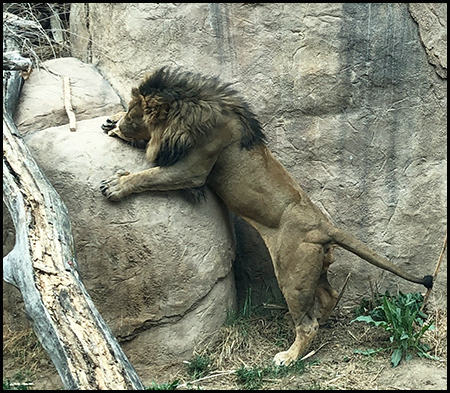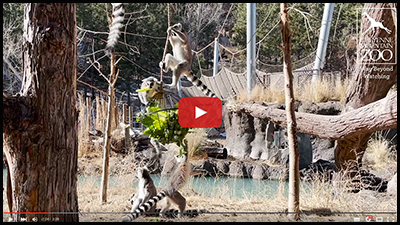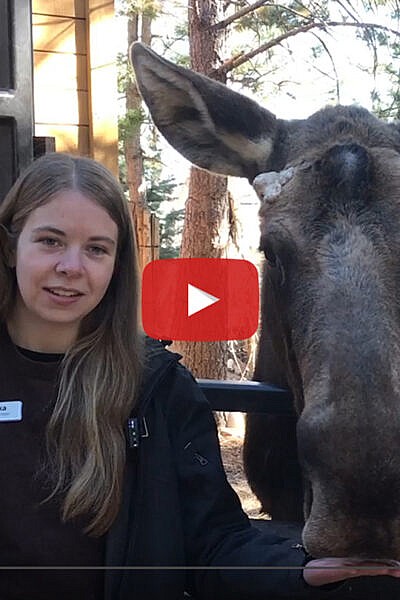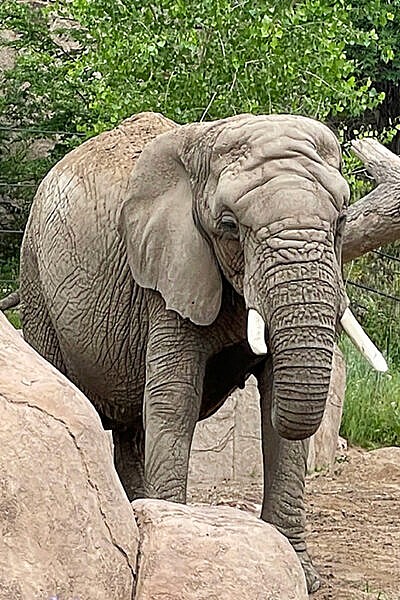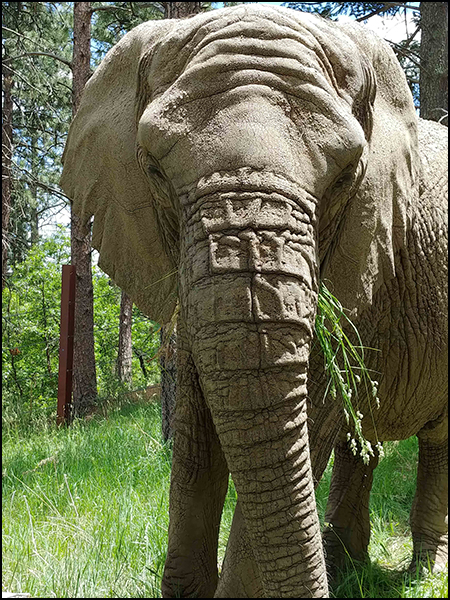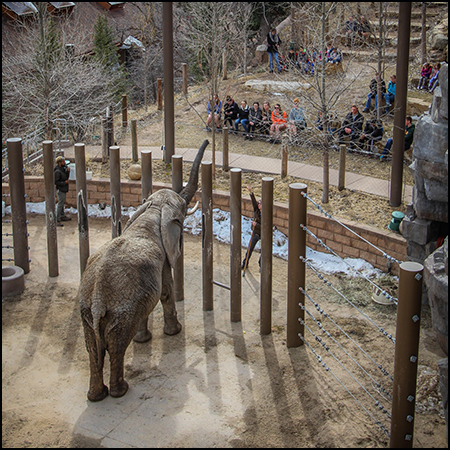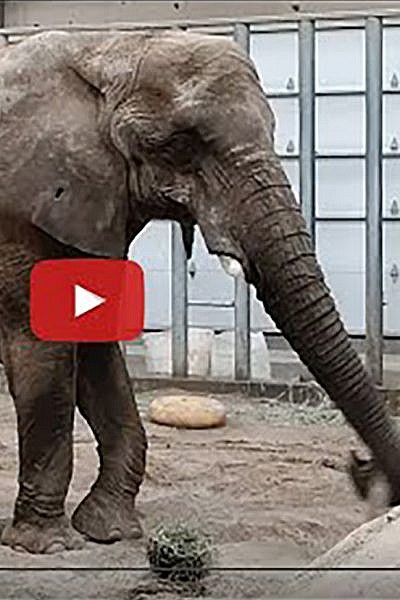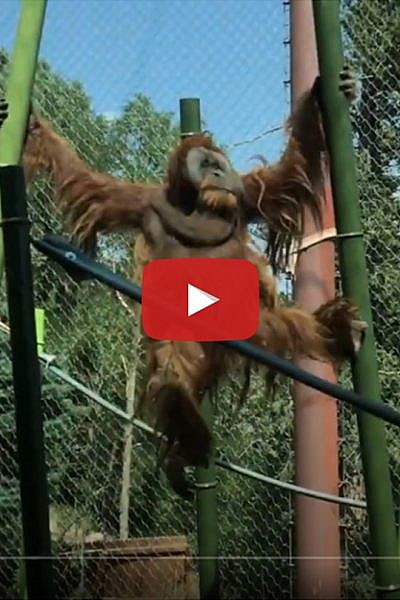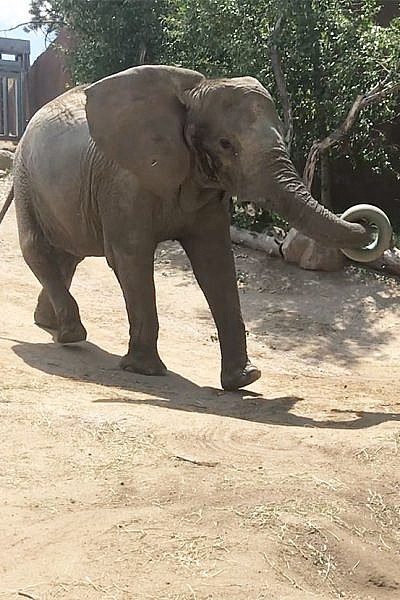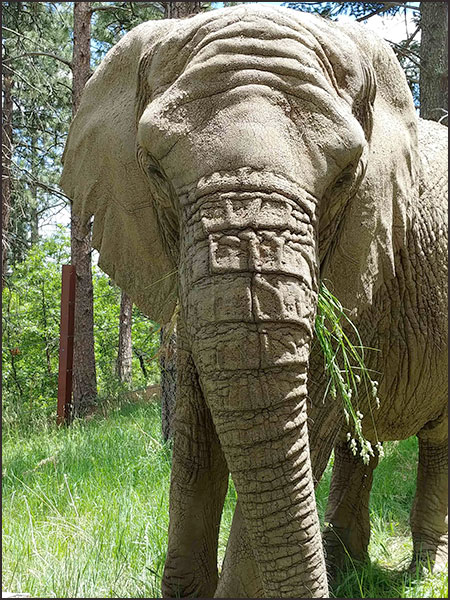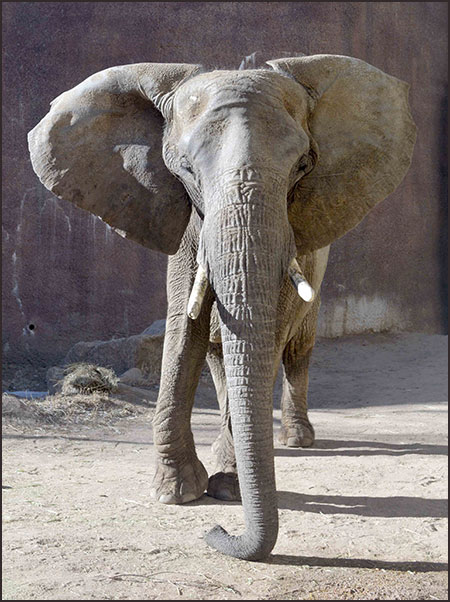BAILEY’S DUE DATE IS BETWEEN SEPT. 19 AND NOV. 19, 2022 – On Wednesday, Sept. 14, Cheyenne Mountain Zoo shared an ultrasound video on its social media channels and asked fans to guess who at the Zoo was expecting a baby. This just in: it’s Bailey, a reticulated giraffe!
The calf would be the second offspring for mom, Bailey, and the seventh to be sired by dad, Khalid (pronounced cull-EED). Bailey and Khalid bred together on July 19, 2021. A healthy giraffe gestation can last from 14 to 16 months. Bailey’s last pregnancy was one day shy of 15 months (457 days) long. If she has another 15-month pregnancy, this baby would be born on October 19, 2022, but it could come as early as September 19, 2022 or as late as November 19, 2022 – and of course, any date in between.
This calf would be the seventeenth member of Cheyenne Mountain Zoo’s reticulated giraffe herd. Bailey moved to Cheyenne Mountain Zoo on a breeding recommendation in Sept. 2016. Bailey and Khalid welcomed their first calf, BB, to the world in September 2020, and BB moved to Denver Zoo in July 2022. CMZoo’s breeding program began in 1954 and has welcomed more than 200 calves since its inception.
On Mon., Sept. 19, the Zoo will welcome giraffe lovers worldwide to join us for 24-hour per day baby watch! Fans can tune in to a special live stream broadcast from Bailey’s overnight stall, where viewers will also be able to watch the labor and birth live at cmzoo.org/giraffecam or on YouTube.
Since the window in which Bailey could give birth starts on Sept. 19, she will start spending the night in a nursery where it’s safer and calmer for her to go into labor while the Zoo is closed at night. The space is adjacent to – but not sharing space with – the rest of the herd. You can see her with the rest of the herd during the day when they go outside on our two outdoor live giraffe cams which are available daily from 9 a.m. to 4:45 p.m., also at cmzoo.org/giraffecam or on YouTube. The Zoo will continue to provide updates on their social media channels.
Cheyenne Mountain Zoo recently launched the International Center for the Care and Conservation of Giraffe, establishing a first-of-its-kind giraffe training, knowledge-sharing and giraffe emergency response program, that serves as a resource to benefit all giraffe in human care. CMZoo is not only a leader in the training and health of giraffe in human care, but they are also making a huge difference in conservation of giraffe in the wild.
Reticulated giraffe, the subspecies to which CMZoo’s herd belongs, are endangered. According to recent reports, wild giraffe populations have grown 20 percent since 2015, with around 117,000 individual giraffe documented. But, there’s still work to be done. The International Union for Conservation of Nature (IUCN) categorizes giraffe as vulnerable to extinction, while two northern subspecies are considered critically endangered, and Masai and reticulated giraffe are endangered.
Watch the early ultrasound of Bailey’s baby below:
About Cheyenne Mountain Zoo
Cheyenne Mountain Zoological Society was founded in 1926. Today, Cheyenne Mountain Zoo, America’s mountain Zoo, offers comprehensive education programs, exciting conservation efforts and truly fantastic animal experiences. In 2022, Cheyenne Mountain Zoo was voted #3 Best Zoo in North America and CMZoo’s Rocky Mountain Wild was named #2 Best Zoo Exhibit in North America by USA TODAY 10Best Readers’ Choice Awards. It is Cheyenne Mountain Zoo’s goal to help guests fall in love with animals and nature, and take action to protect them. Since 2008, CMZoo’s Quarters for Conservation program has raised $4 million dedicated to frontline conservation efforts around the world. Of the 239 zoos and aquariums accredited by the Association of Zoos and Aquariums (AZA), Cheyenne Mountain Zoo is one of just a few operating without tax support. Cheyenne Mountain Zoo depends on admissions, membership dues, special event attendance and donations for funding.
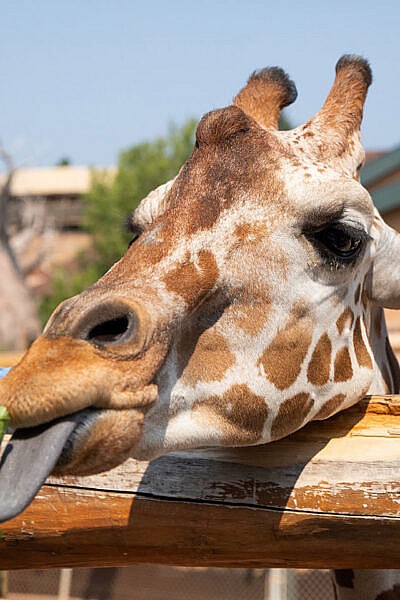


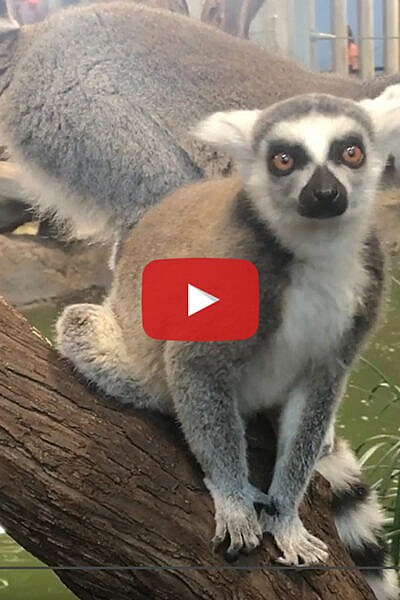
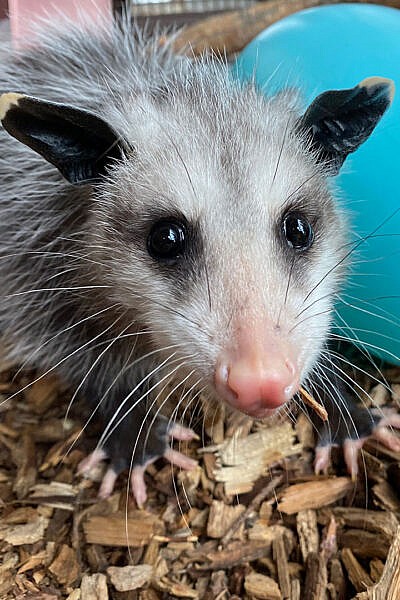
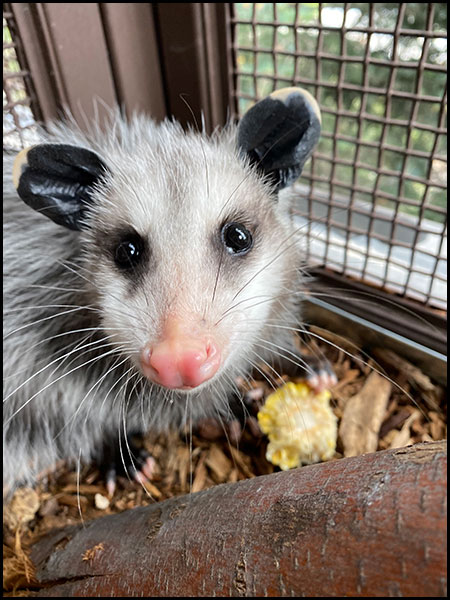
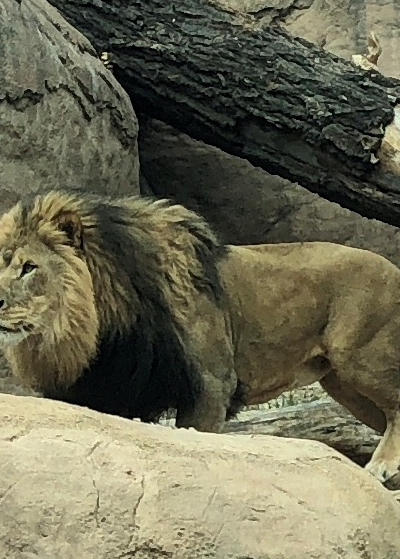
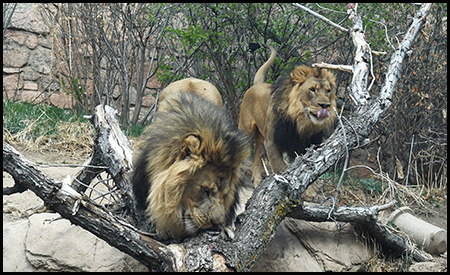 In the wild, animals spend a lot of time and energy foraging or hunting for food. Feeding our animals seems like a pretty fundamental task of animal care, but it’s more complicated than one might think. Just like our partners at Children’s Hospital Colorado
In the wild, animals spend a lot of time and energy foraging or hunting for food. Feeding our animals seems like a pretty fundamental task of animal care, but it’s more complicated than one might think. Just like our partners at Children’s Hospital Colorado 